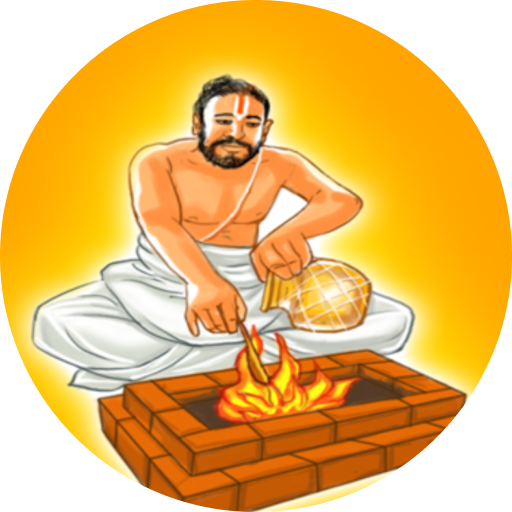
- +91 99944 10954
Ceremonies
Shasti Abdha Poorthi

Shasti Abdha Poorthi
There is a general misconception that only married and living couples celebrate this function when the man completes 60. Shashtiabdapoorthi falls on the birh star of a person in the month of his birth when he completes 60 years.
Shashtiabdapoorthi falls on the birh star of a person in the month of his birth when he completes 60 years.
Sadhabhishegam

Sadhabhishegam
An Hindu rituals, Sathabhishekam occupies an important position. This ceremonial rite marks the completion of 1000 lunar months in a person’s life. The spiritual beliefs and cultural significance linked with this ceremony show great depth and variety, extending across different Hindu communities. Let’s examine the spiritual and cultural aspects of Sathabhishekam.
The Sathabhishekam, which marks a man’s 80th birthday, holds deep spiritual significance. This occasion symbolizes the completion of duties towards home and family and ushers in an auspicious wave of blessings and joy.
People believe that the Sathabhishekam ceremony boosts the individual’s spirituality, showering blessings of good health and happiness on the family. Think about the deep joy and fulfillment that comes with reaching the grand age of 80, having the chance to celebrate this milestone, and seeing almost three generations of your family tree.
The Sathabhishekam is a community event uniting friends and family to participate in the ceremony. The activities commence with a family deity pooja and carry on with the subsequent homams:
• Ganapathy
• Lakshmi
• Amurtha Mrityunjeyar
• Ayush
• Danvantri
• Kalasabhisheka
After these homams, you and your partner exchange garlands.
Upanayanam

Upanayanam
Upanayanam is the Samaskara or the ceremonial rite in which the young Brahmin boy is invested with the sacred thread and initiated into the Gayathri – the Holiest of all mantras in the legacy of the Rishis.
After the Upanayanam is performed, the boy or the Vatu – as the young Brahmachari is called, becomes eligible to study the Vedas. As this Samaskara signifies a spiritual rebirth as it were, the boy becomes a Dvija or a “Twice Born” after the Upanayanam is performed. Etymologically speaking, the word means, taking (NAYANAM) near (UPA).
In the ancient days when the scripturally ordained modes of conduct were strictly followed, the father took his son near the Gayathri Mantra, and there after near a Guru and left him under his care and tutelage soon after the Upanayanam was performed. The Guru took him near the Vedas (i.e.taught him to chant them in the traditional way) which in turn ultimately took him near God. Thus, the ceremony opens for the young Brahmachari, a succession of gates, leading to the ultimate goal of human existence – the realisation of God. In the scheme of the four ashramas prescribed for the individual, the Upanayanam Ceremony signifies the boy’s entry into the ashrama namely Brahmacharya.
Nichiatartham / Engagement

Nichiatartham / Engagement
Nichiatartham / Engagement Ceremony is the event done before the marriage by exchanging the rings. It is the legal public announcement of the marriage between the bride and groom in front of their families who agree with each other. Elders and Relations of the couple assemble and make a formal announcement regarding the date and time of the marriage.
The engagement rituals have intense significance in forming a special bond between the pair. By doing this, they promise each other to perform their responsibility and shower affection through thick and thin of life. The priest writes the agreement letter or “Lagna Patrika” and reads it loudly in front of all the family members.
The signatures from both the family members are received and documented for legal purposes. The ceremony starts with Vighneshwara pooja, Maha Sankalpam, Punyaha vachanam followed by distributing the new set of clothes to the bride and the groom to get ready for the engagement. Then the couple can seek the blessings of all the elders in the family for a successful and long marriage.
Marriage Pooja or Vivaham

Marriage Pooja or Vivaham
Marriage Pooja or Vivaham is a commitment between a man and a woman. This commitment includes love, pleasure, tolerance, and relaxation. Marriage has always been an integral part of the life of people all over the world. Marriage unites people and makes them very close to each other.
Marriage embodies the highest ideals of love, fidelity, devotion, sacrifice, and family. Informing a marital union, two people become something greater than once they were.
Harivara assists people to perform Marriage as per their Community and Language.
Book Purohit for Marriage Pooja. Purohit will bring all the Pooja Samagri. All the Purohits are well experienced and studied from Vedic Pathshala.
